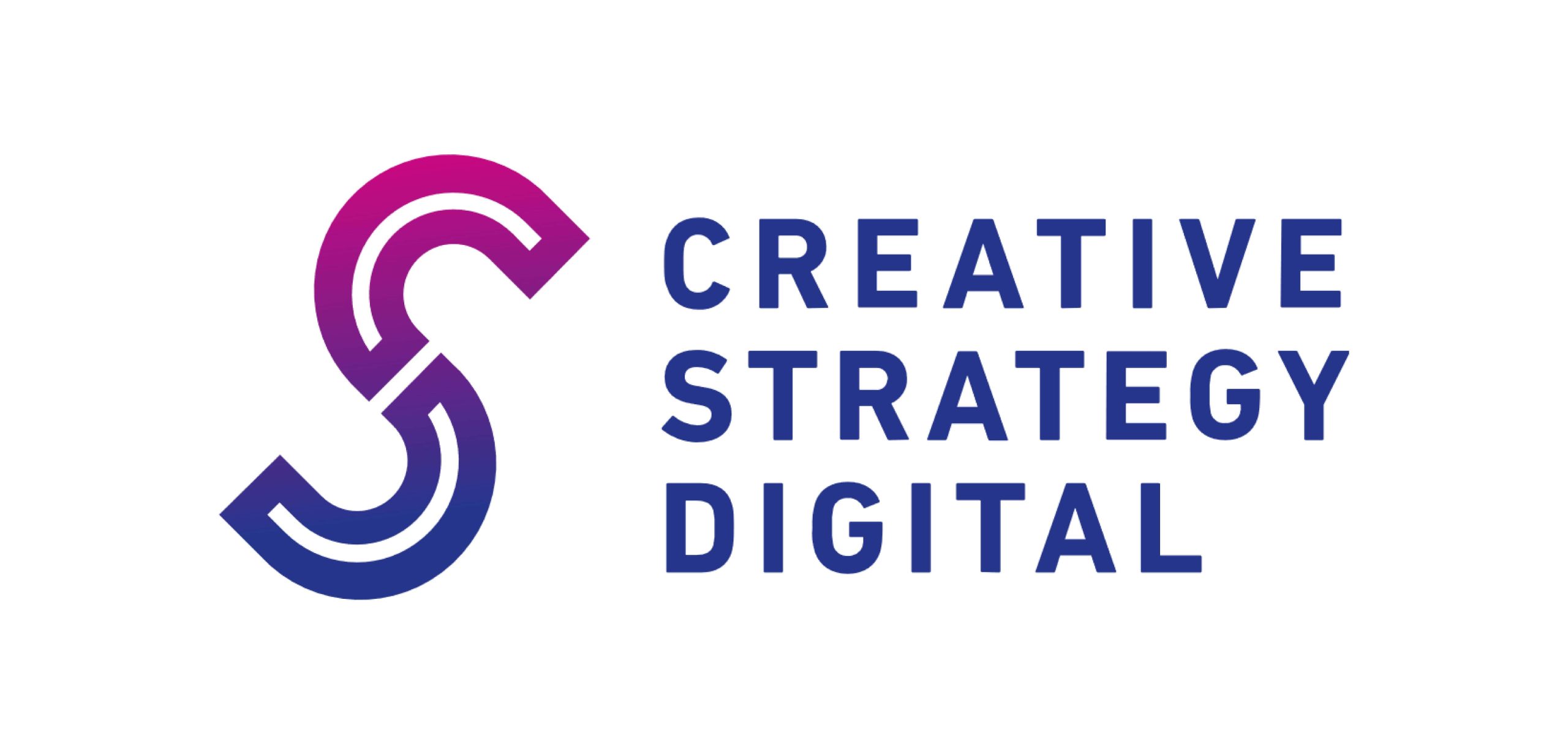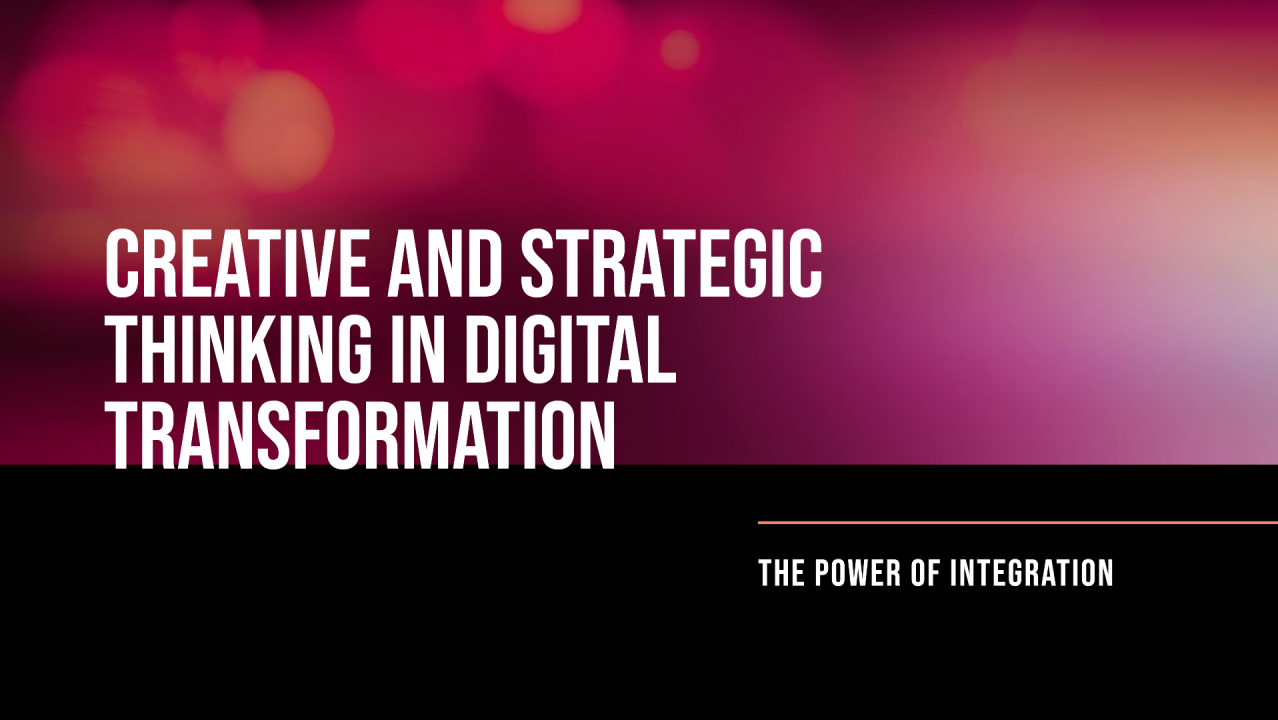How to Build a Personal Brand That Gets Noticed Online
In today’s competitive digital landscape, building a strong personal brand isn’t just a buzzword—it’s a strategic necessity. Whether you’re a freelancer, entrepreneur, content creator, or corporate professional, a recognizable online presence can open doors to new opportunities, collaborations, and long-term career growth.
So how do you build a personal brand that doesn’t just exist—but stands out? Let’s break it down.
1. Define Your Personal Brand Identity
Before you start posting or designing logos, clarify your personal brand’s foundation.
- Who are you? (Skills, experience, passions)
- What do you offer? (Value proposition)
- Who is your audience? (Target demographic)
- What makes you different? (Unique personality, tone, or niche)
Pro Tip: Choose 2–3 core values or topics to consistently focus on—this creates a focused and memorable presence.
2. Optimize Your Online Profiles
Your social media and professional platforms (like LinkedIn, Instagram, or a personal website) are your digital storefronts. Make sure they clearly reflect your brand:
- Use a consistent profile photo and bio
- Link to your website or portfolio
- Add keywords relevant to your industry (SEO alert!)
- Keep branding colors, fonts, and tone aligned
Most Searched Keywords: personal branding tips, build personal brand online, professional LinkedIn profile, Instagram personal brand
3. Create Valuable, Authentic Content
Content builds trust and showcases your expertise. But the key is to be consistent and authentic.
Types of content that work:
- Educational posts or carousels
- Behind-the-scenes stories
- Thought leadership blogs
- Reels, videos, or short-form interviews
- Personal success/failure stories
Golden Rule: Be real. People connect with stories, struggles, and lessons more than just polished wins.
4. Leverage Social Proof
Your audience needs to trust you. Showcasing testimonials, case studies, collaboration shout-outs, or user-generated content can boost your credibility.
- Get endorsements on LinkedIn
- Encourage reviews or feedback
- Highlight collaboration with known brands or clients
5. Network with Intention
Your network is part of your brand. Engage with thought leaders, join niche communities, and participate in relevant conversations on platforms like X (Twitter), LinkedIn, or niche Slack groups.
Action Step: Leave valuable comments on influencer posts, repost with insights, and tag others for visibility.
6. Monitor & Evolve Your Brand
Personal branding is a long-term game. Analyze what content gets the most engagement, where traffic is coming from, and how your audience is growing.
Use tools like:
- Google Analytics (for website)
- Instagram/Facebook Insights
- LinkedIn Analytics
- Brand mentions with Google Alerts
Tweak your messaging, test different content formats, and never stop refining your online presence.
7. Own Your Narrative
Finally, your brand is what people say about you when you’re not in the room. Make sure you are driving that narrative.
Whether it’s sharing your mission, your “why,” or your big-picture goals—make sure your audience sees not just what you do, but what you stand for.
Final Thoughts
Building a personal brand that gets noticed isn’t about being famous. It’s about being intentional, valuable, and authentic. When you show up consistently, share what you know, and engage with your community, you become more than just another profile online—you become a trusted voice.
Start today—your future followers, clients, or partners are already online looking for someone like you.




